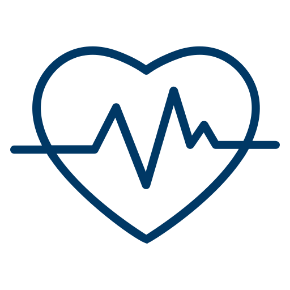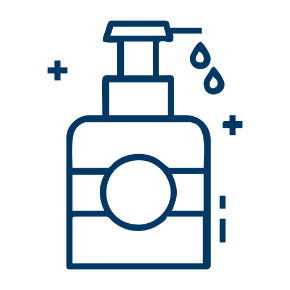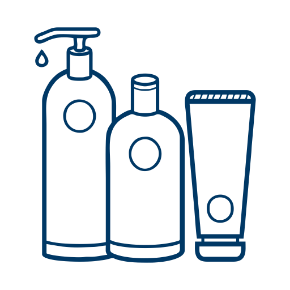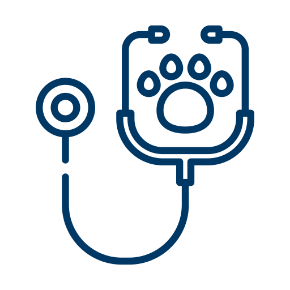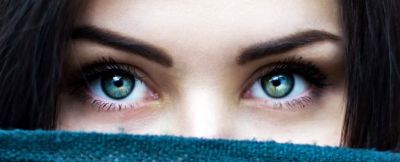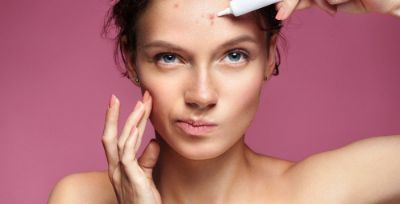Nous connaissons toutes les bienfaits de l’Huile d’Argan; elle est reconnue pour ses propriétés nutritives, régénérante et restructurante. L’argan, grâce à sa richesse en vitamine E, a la capacité de restaurer le film hydro-lipidique. L’huile d’argan est utilisée depuis la nuit des temps par les femmes berbères du Maroc pour ses vertus exceptionnelles.
Il existe différentes façons d’utiliser l’huile d’argan. Les connaissez-vous ?
1. En massage :
Commençons par le massage des zones relâchées : cuisses, bras, ventre. Versez de l’huile d’argan au creux de votre main, chauffez l’huile puis appliquez la sur les zones désirées en effectuant des massages circulaires et des palpés roulés. Massez jusqu’à ce que l’huile pénètre le plus possible.
2. Pour le visage et le corps :
Reconnue pour ses vertus anti-oxydantes, elle protège des agressions extérieures. Régénérante, elle lutte contre le vieillissement cutané. Adoucissante et nourrissante, elle assure un grand confort. Versez dans le creux de la main quelques gouttes de ce nectar. Du bout des doigts, massez délicatement le visage, le cou et le corps.
3. Pour les ongles et cuticules :
L’huile d’argan est idéale pour nourrir l’ongle et de le fortifier naturellement.
Astuces pour l’application : Trempez un coton-tige directement dans l’huile et appliquez-le sur l’ongle.
4. Le « must » en application sur les cheveux :
Vous avez les cheveux secs, cassants, dévitalisés, fourchus ? Bref rien ne va plus ? En utilisant l’huile d’argan sur les cheveux, ils retrouveront toute leur brillance, souplesse et douceur.
Nos conseils d’utilisation :
- En masque rapide avant le shampooing: humidifiez vos cheveux (bien les essorer), versez dans votre main de l’huile chauffez-la, puis appliquez-la sur les longueurs en insistant sur les pointes. Laissez poser 10 minutes puis procédez au shampooing. Pour celles qui ont les cheveux très secs associés à des chutes il est possible d’appliquer l’huile dès la racine, pour fortifier le cuir chevelu.
- En masque pendant la nuit : appliquez l’huile sur cheveux humides, enroulez vos cheveux et faites un chignon assez haut de manière à ce que cela ne gêne pas la nuit. Le lendemain faites un shampooing. Résultat vos cheveux sont revigorés et brillants.
- En sérum de jour : appliquez quelques gouttes sur les pointes sèches


